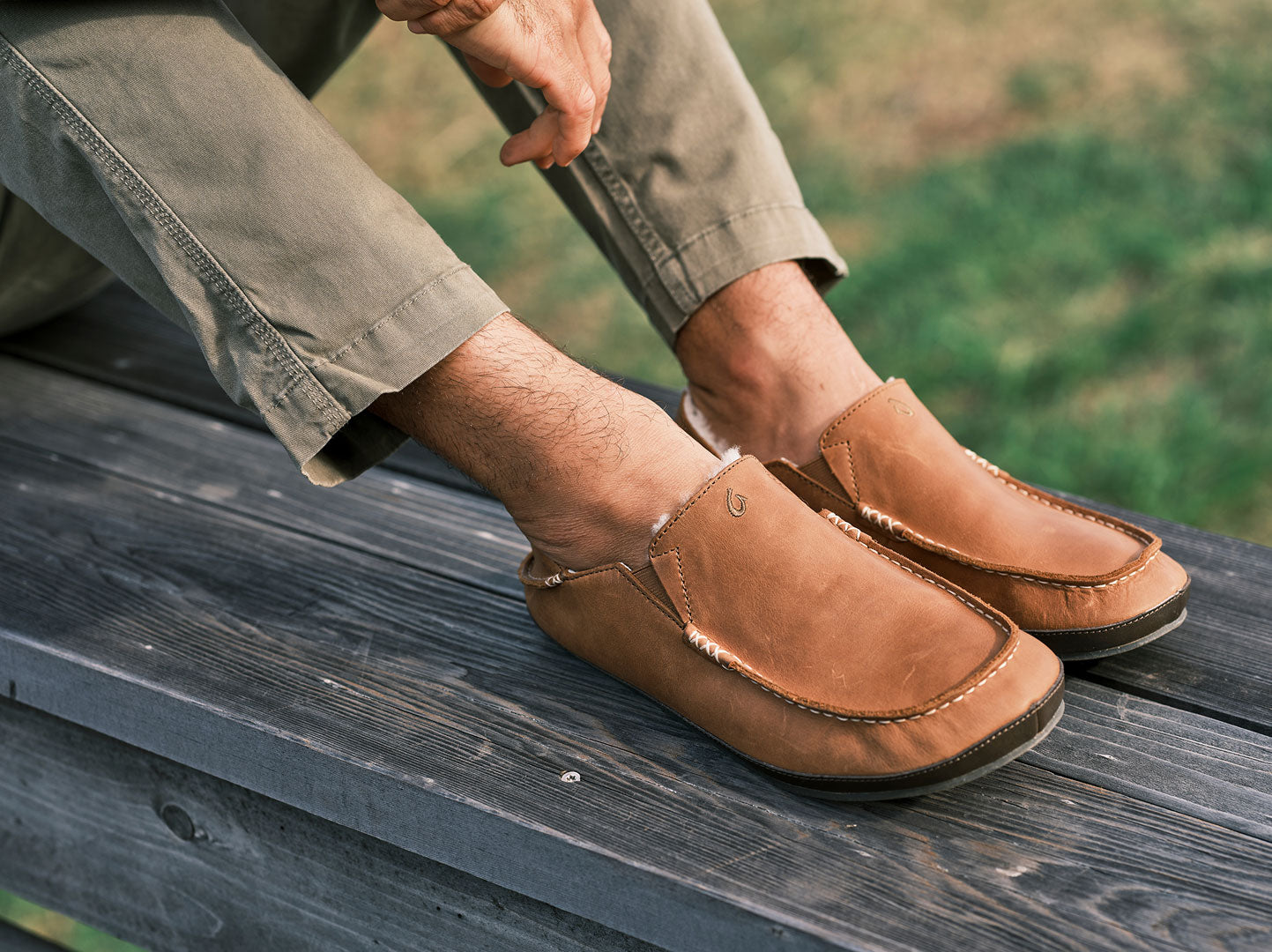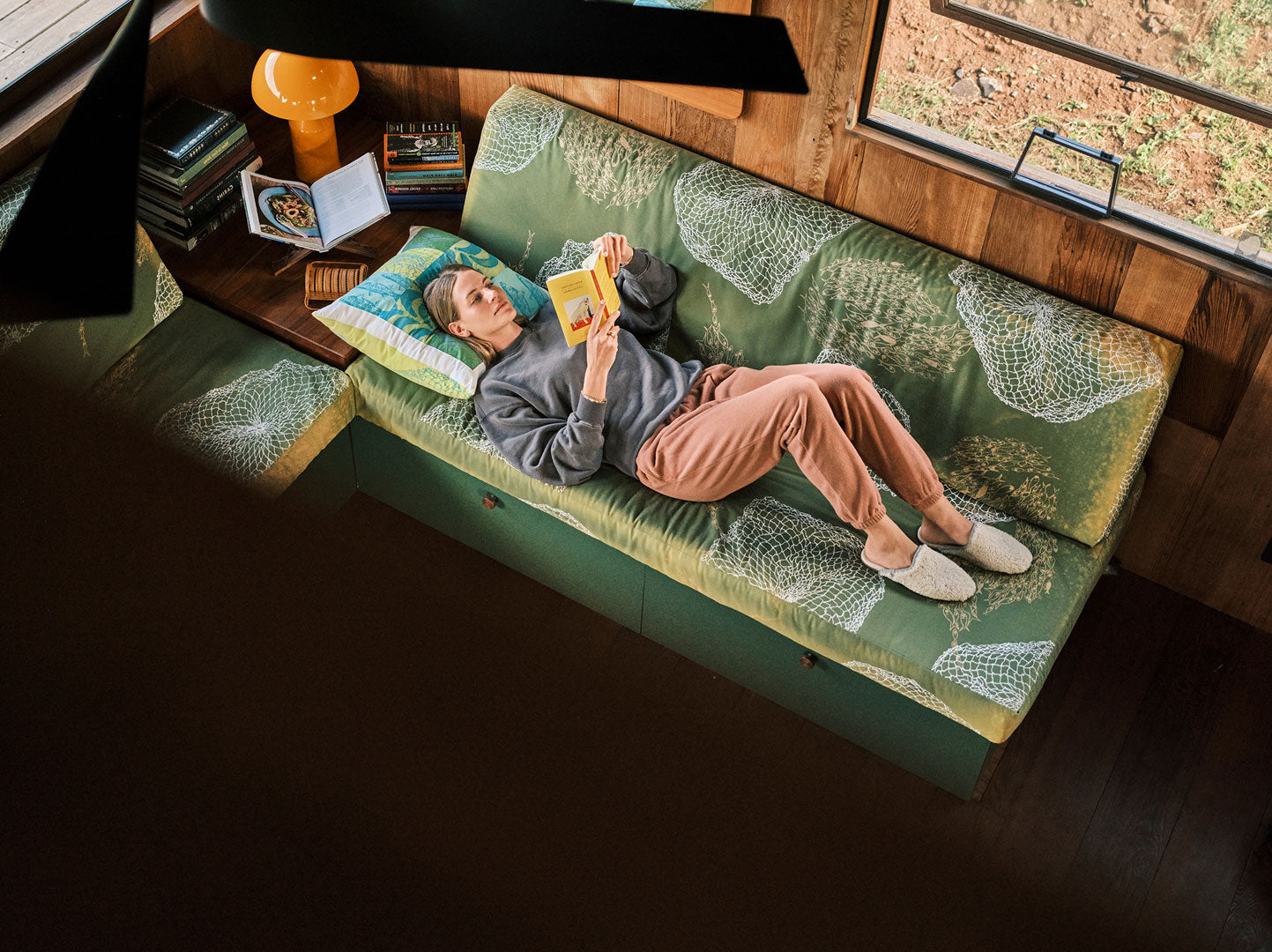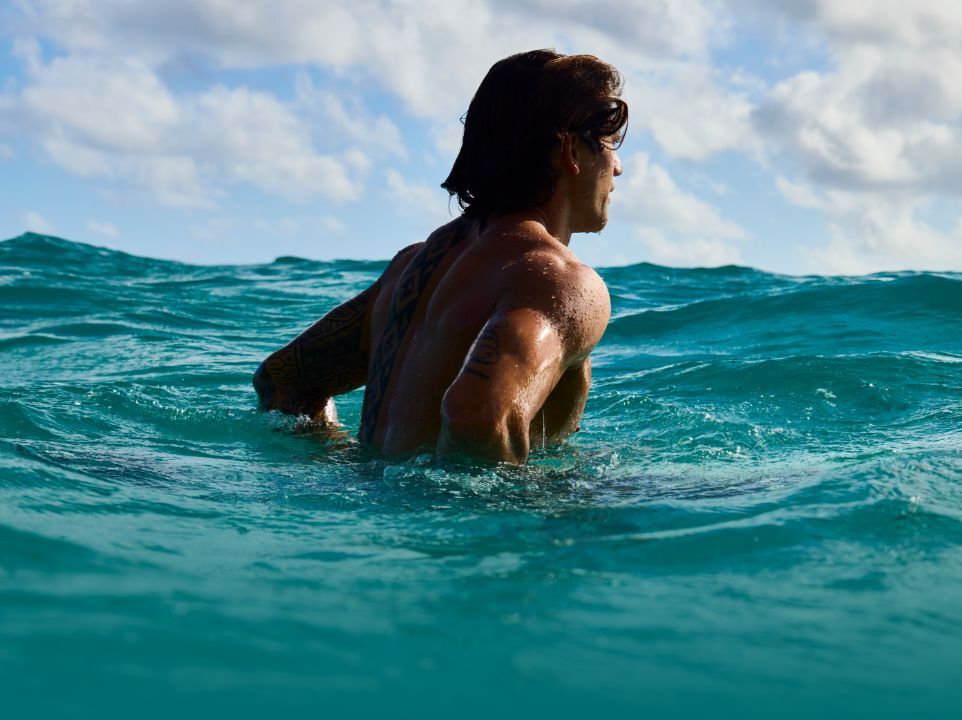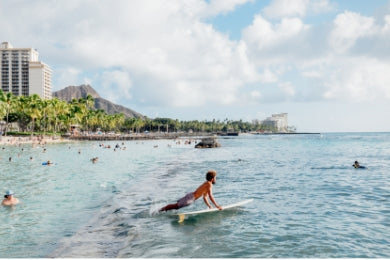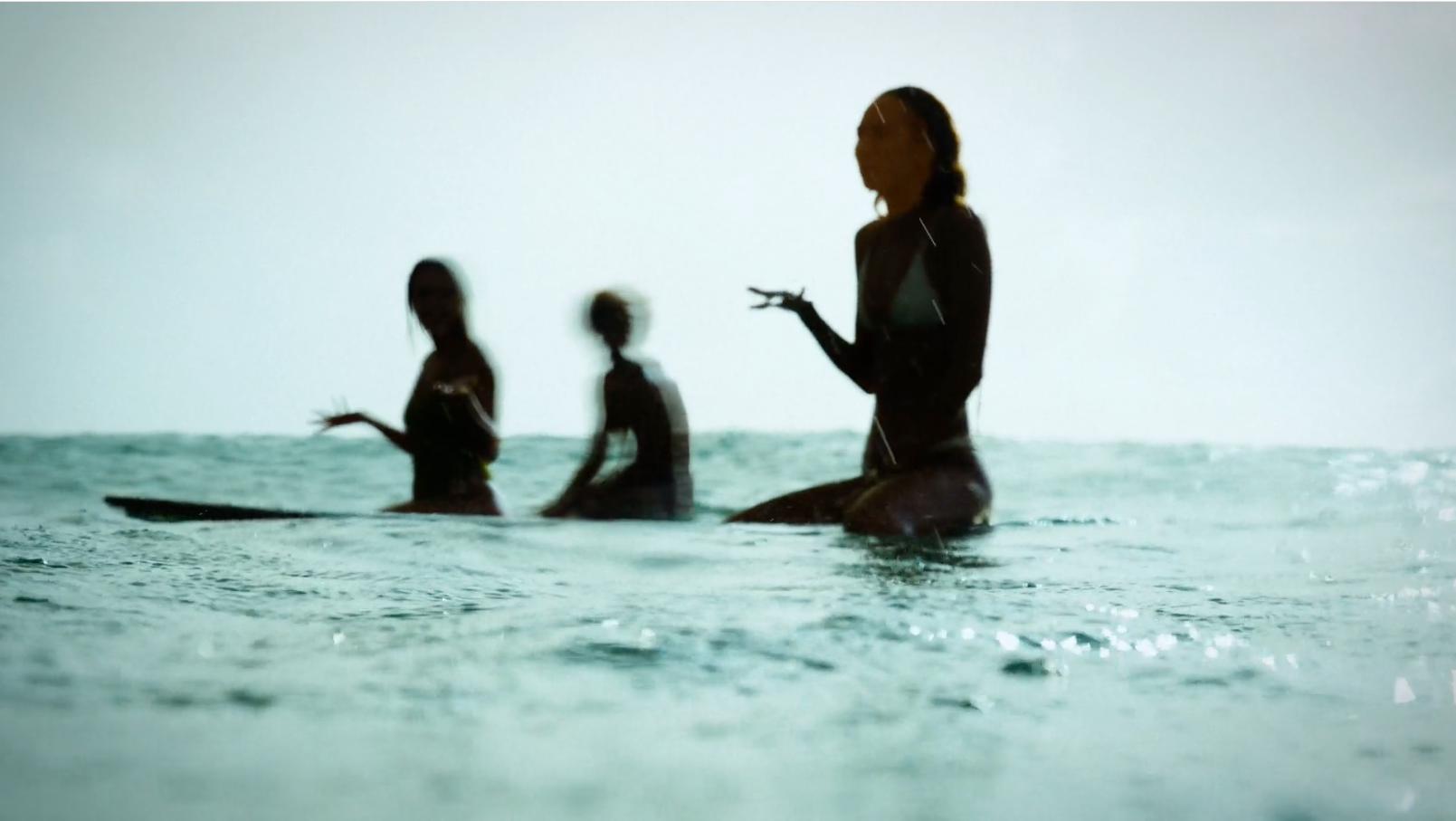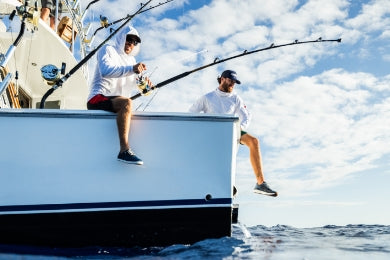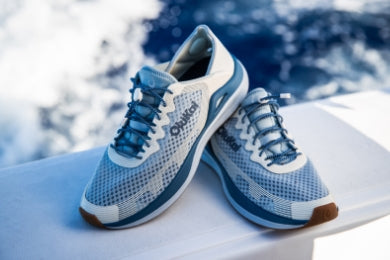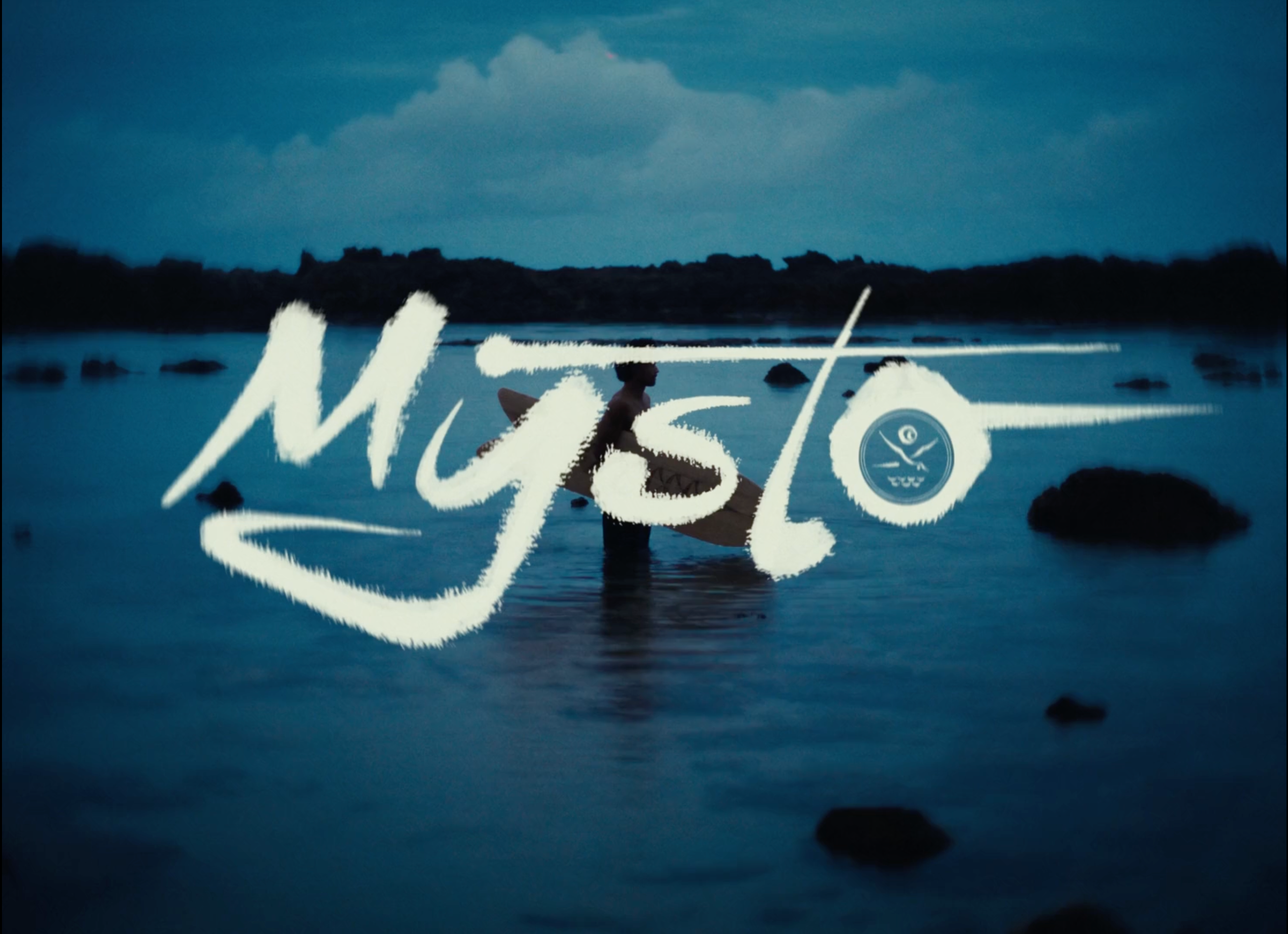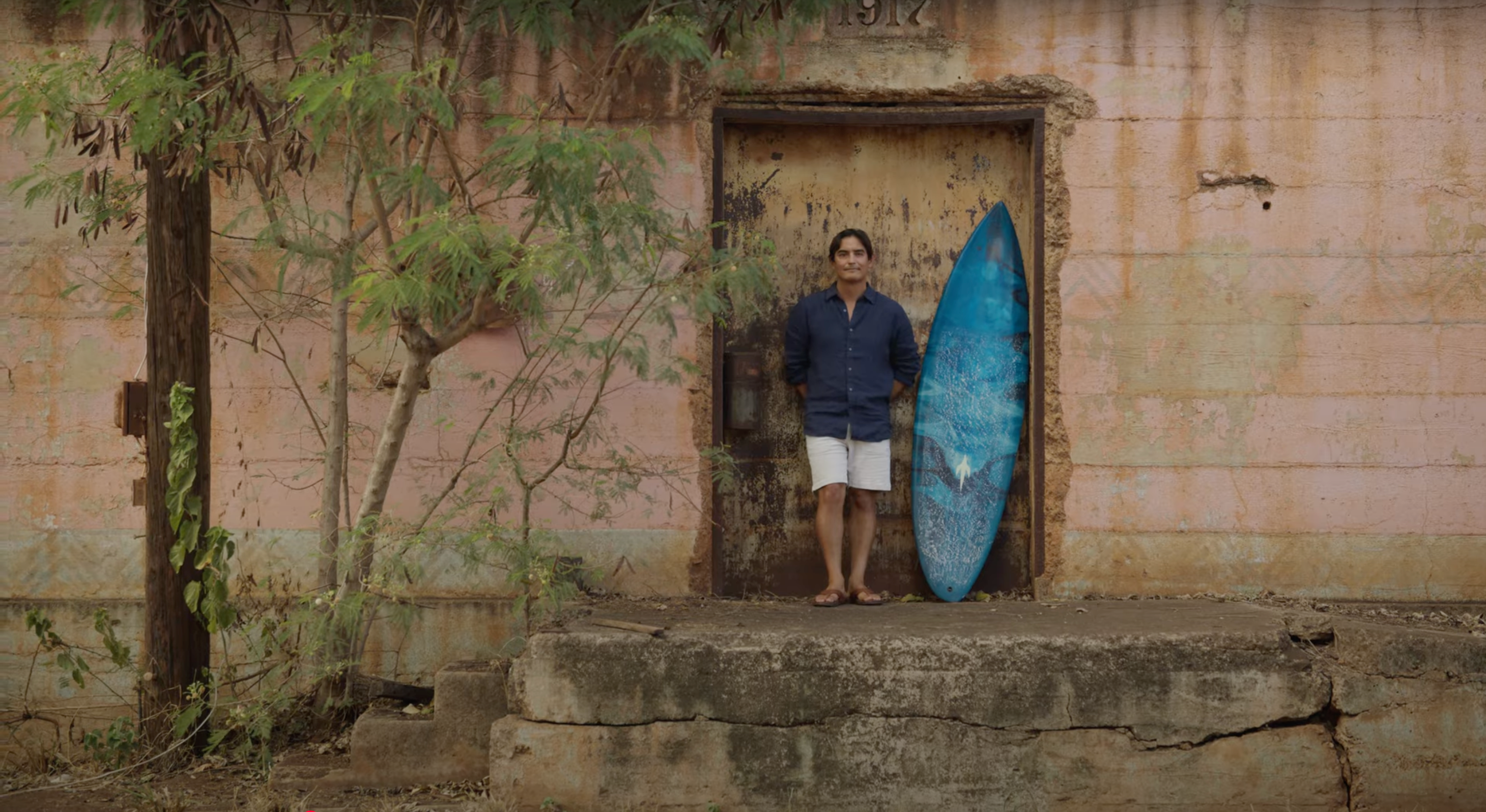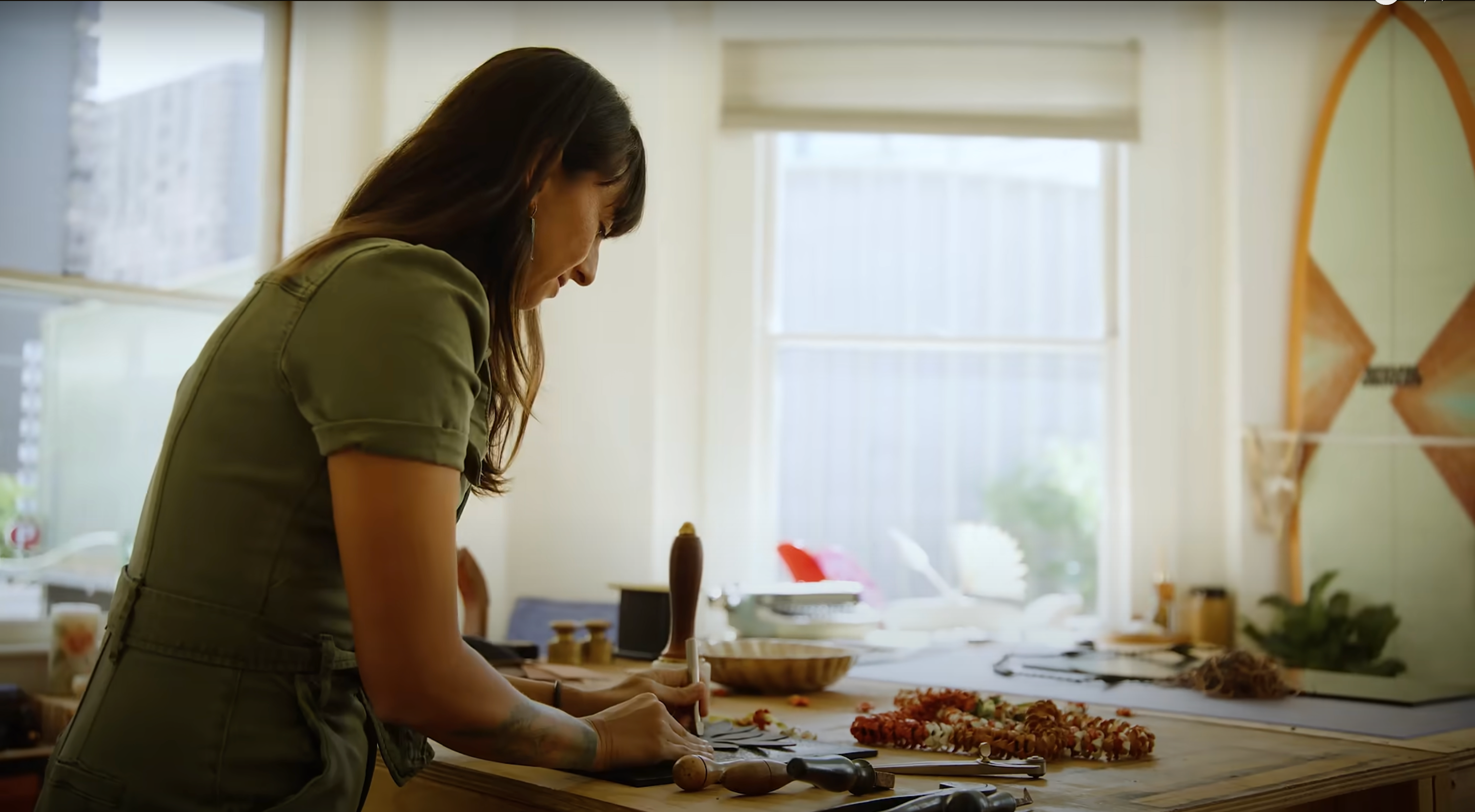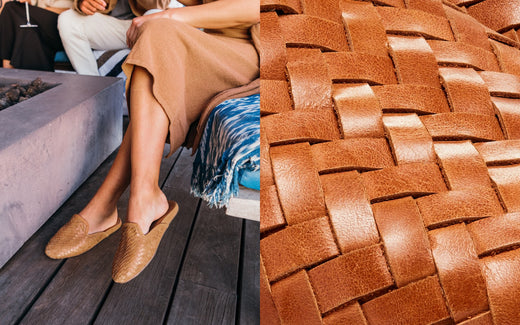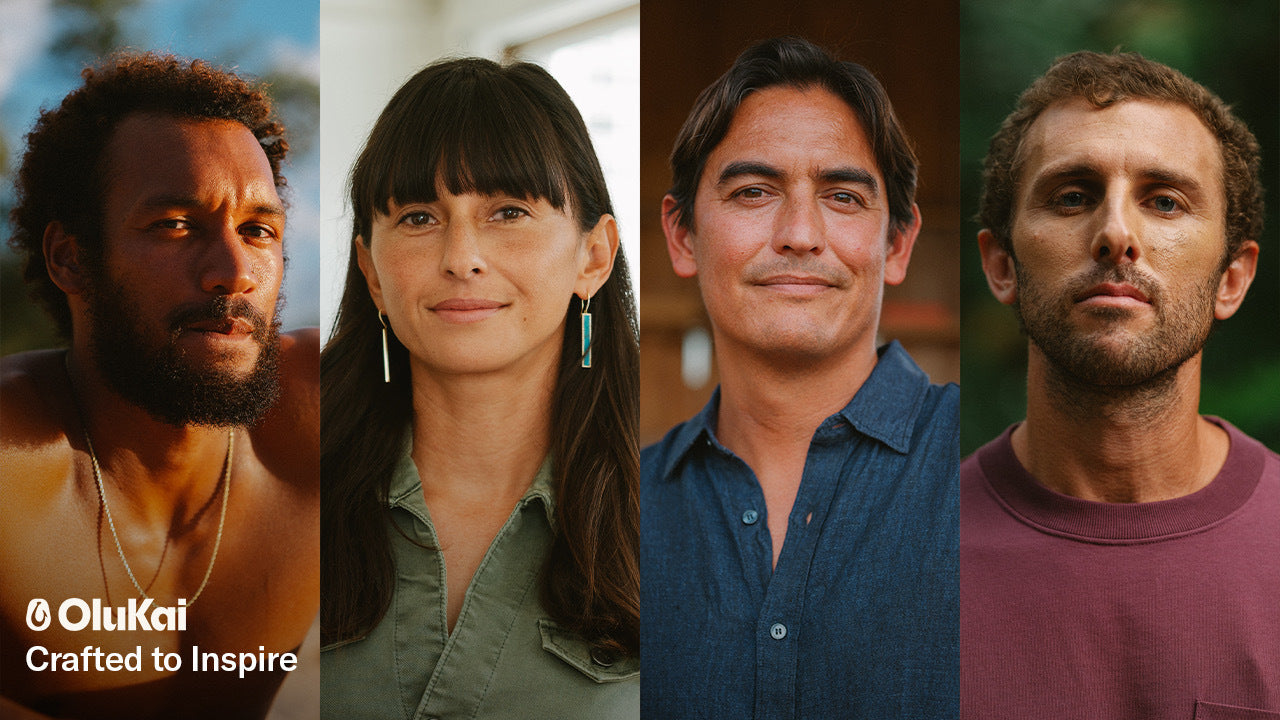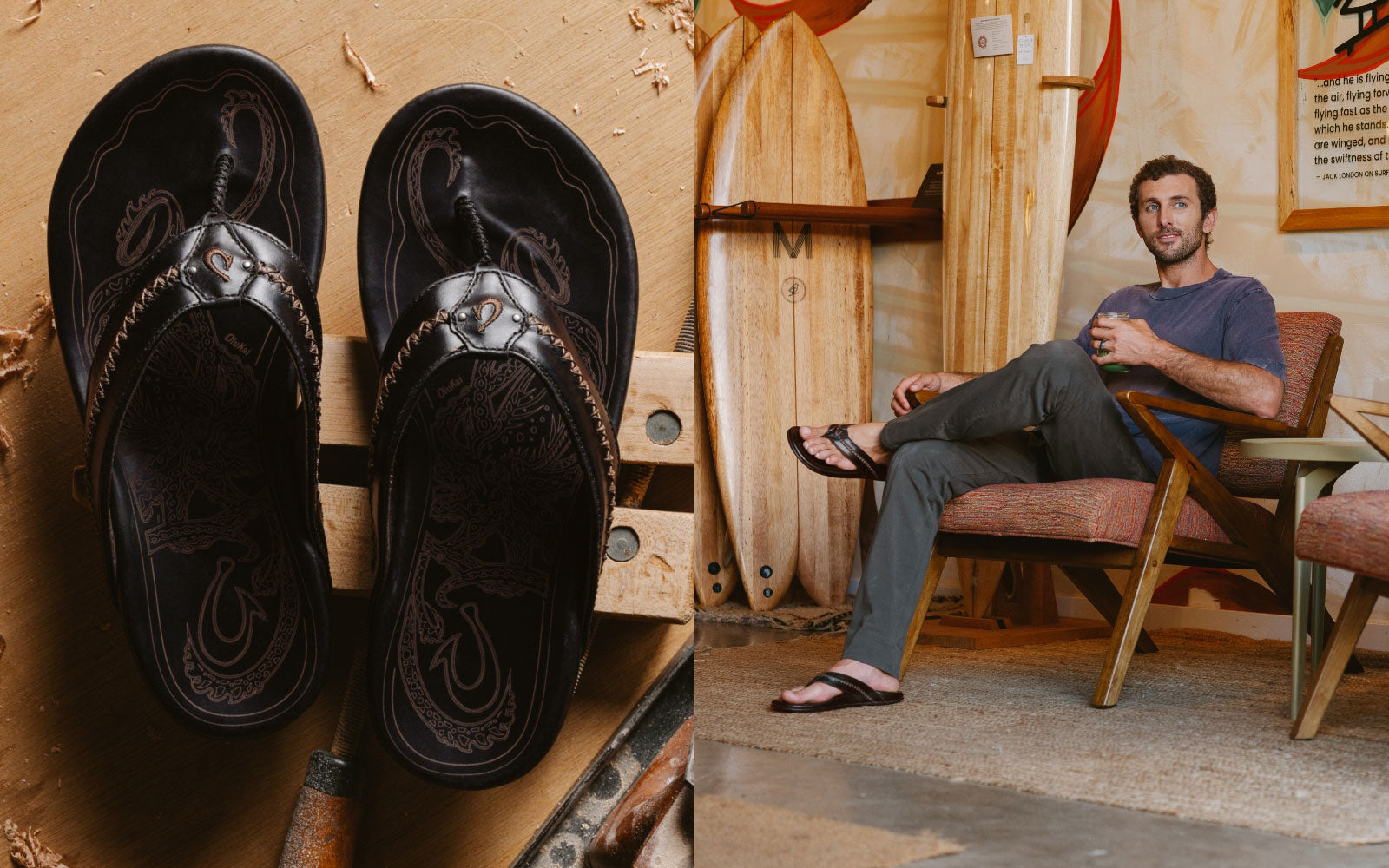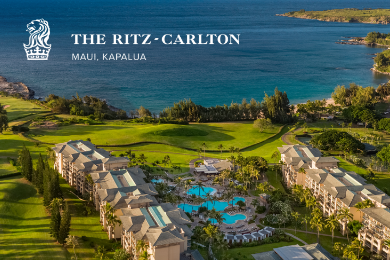53rd Merrie Monarch Hula Festival – A Glorious Celebration Of Aloha Spirit
“Hula is the language of the heart, therefore the heartbeat of the Hawaiian people.” ~ King David Kalākaua –Born 1836 – King of the Kingdom from 1874-1891 The Merrie Monarch Festival, held each year in March at the Edith Kanaka‘ole Stadium in Hilo, unites the finest performing hula halau (hulu dance troops), from throughout the islands and around the world, in a colorful celebration of aloha spirit and Hawaiian art and culture. 2016 Merrie Monarch Festival: March 27 - April 2 Honoring the legacy of King David Kalakaua, the beloved monarch who inspired aloha for hula and encouraged perpetuation of ancient Hawaiian traditions, native language, and creative arts, the weeklong event kicks off at sunrise Easter Sunday morning with a welcoming blessing and a true celebratory sharing of aloha spirit. The prestigious event features hula competition, hula exhibitions, and an invitational art fair featuring local Hawaiian artists and craftsmen. Dance completion nights are March 31st and April 1st and 2nd. The gala wraps up the week with a grand parade that wanders along the bay in Hilo Town. Hula - A Poetic Sharing Of Story And Spirit The Hawaiian word hula, like many words in the language, has more than one meaning. Hula is the name of the dance. It is also an all-encompassing way of life in which the dancer seeks spiritual enlightenment and creative expression through an ever-evolving art during which spiritual power (mana) grows and the dancer becomes hula, a devoted practitioner and teacher throughout life. Ha – The Breath Of Life The rhythm and flow of the hula is dependent on extensive practice in which each member of the halau lives intimately with the breath, the ha, in order for all members of the dance troupe to breathe and dance as one. History Of Hula The birth of hula is credited to the Hawaiian goddess Laka, Pele’s younger sister, who with a united fluidity of grace and spirit used hula movements to tell stories of the wonders of nature and the sea. Hula movements may represent the trees as they bow before the wind or the gentle undulations of fish in the ocean. According to legend, Laka divided her hula dancers (both men and women) into two groups, a practice that continues to this day. Olapa (the young and agile dancers) represented the younger generation while the Ho'o-paa (the steadfast, older dancers) offered voice (singing/chanting) and musical instruments to accompany and support the younger dancers. Hula Dance Attire Traditional hula dancing combines vocal art and flowing bodily gestures, complimented by floral lei worn around the head, neck, ankles and wrists, to interpret myths, stories, and moral lessons. In ancient times, dancers, both men and women, wore little in the way of clothing other than lei and hand woven short palm frond skirts that did not restrict movement and added to the visual beauty of the dance. When the missionaries arrived in the islands in 1820, they made the dancers wear longer grass skirts, added upper body coverings for women, and insisted the men don loin clothes. Inspired Choreography Traditional hula uses only six basic movements. The art and competitive nature of the dance is judged by how skillfully dancers incorporate their unique variations and interpretations of the basic dance moves to create a performance of athletic prowess, grace, and spectacular beauty. For all participants in the Merrie Monarch Festival, practice is arduous and time consuming. Participants spend long hours perfecting complicated dances and chants, sewing costumes, gathering leaves and flowers for lei, and styling each other’s hair to create a continuity of color and design. Today, for performances and competition, participants dance barefoot, wearing comfy slippers or sandals for practice sessions. The Merrie Monarch Festival attracts thousands of participants and spectators from around the globe, and many of the events sell out months in advance. Visit MerrieMonarch.com for more information and ticket.
